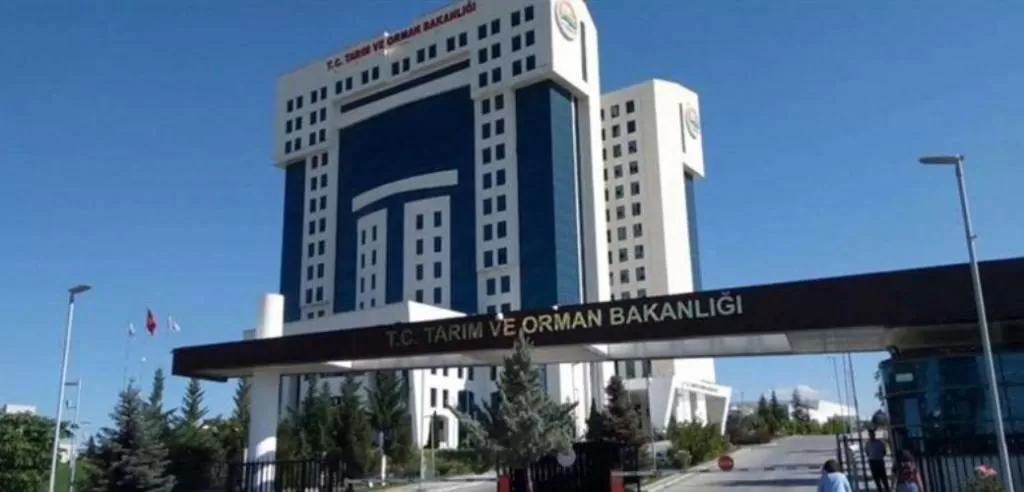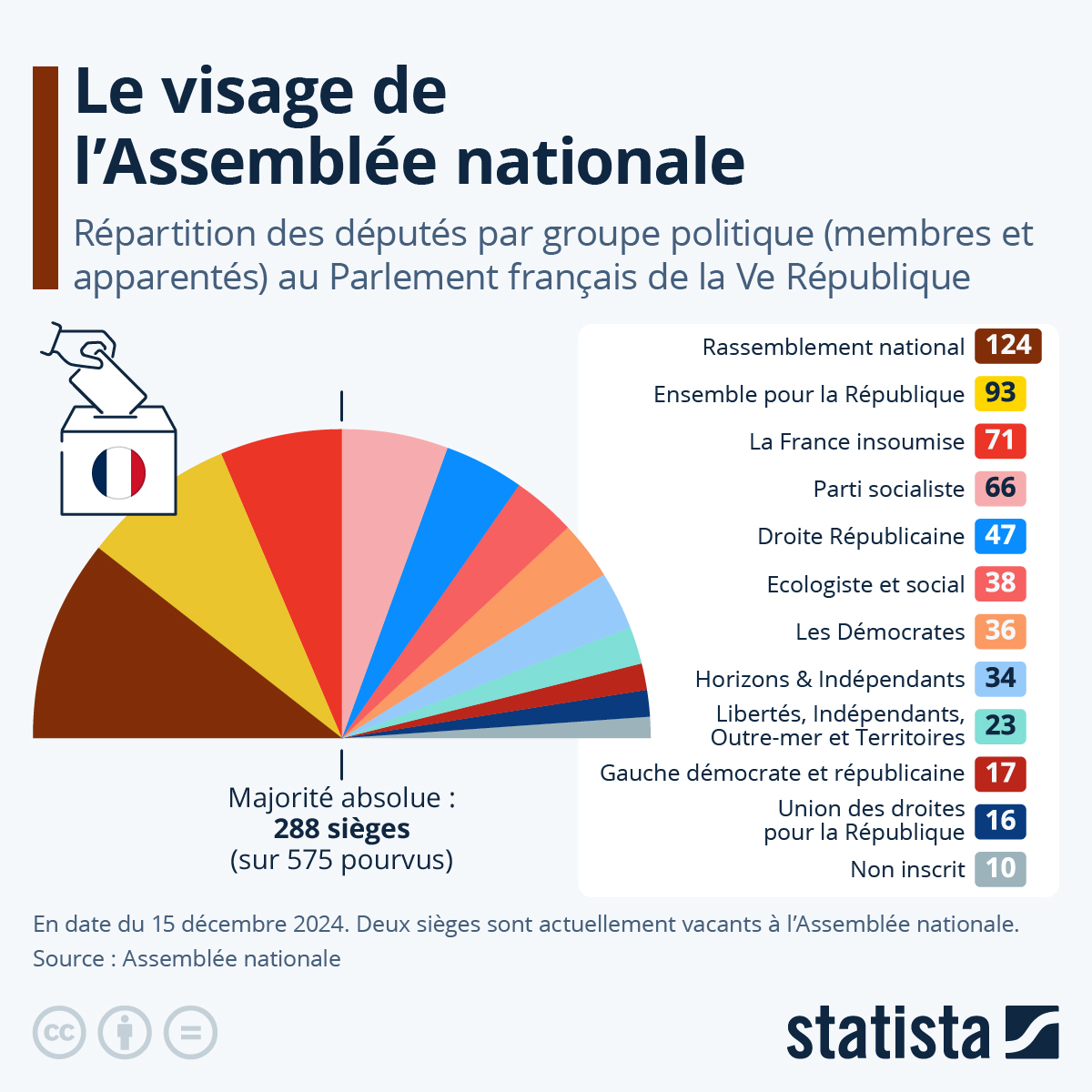Trump's Space Force: Examining The Challenges Of The Golden Dome Project

Table of Contents
Technological Hurdles of the Golden Dome Project
The Golden Dome Project's ambitions demand breakthroughs in several key technological areas. Failure to achieve these advancements could severely jeopardize the project's goals.
Advanced Propulsion Systems
Rapid deployment and maneuverability in space are paramount. This necessitates advancements in propulsion technology far exceeding current capabilities. The challenges are substantial:
- Ion Propulsion Limitations: While efficient for long-duration missions, ion propulsion lacks the speed needed for rapid response scenarios crucial for the Golden Dome Project. Further research into higher-thrust ion engines is essential.
- Nuclear Thermal Propulsion Challenges: Nuclear thermal propulsion offers significantly higher thrust, but presents formidable engineering and safety challenges, including the development of robust, lightweight nuclear reactors and effective radiation shielding. Research and development in this area are still in their early stages, with significant cost and timeline uncertainties.
- Technological Gaps: Bridging the gap between theoretical designs and practical, reliable propulsion systems requires substantial investment in research, testing, and development. Projected timelines often prove overly optimistic, particularly given the complexity of these technologies. Estimates suggest achieving the required propulsion capabilities could take decades and cost billions of dollars.
Space-Based Weaponry and Defense
Developing effective space-based weapons and defensive systems presents a unique set of challenges:
- Targeting and Accuracy: Achieving precise targeting across vast distances in space is exceptionally complex. Existing technologies lack the accuracy and reliability needed for effective space-based weaponry.
- Reliability and Countermeasures: Space-based weapons must function flawlessly in the harsh environment of space, while also being resistant to countermeasures from adversaries. This requires robust design, testing, and redundancy.
- International Concerns and Arms Control: The development and deployment of space-based weapons raise serious international concerns. The Outer Space Treaty of 1967 prohibits the placement of weapons of mass destruction in orbit, but leaves significant loopholes for other weapon types, potentially leading to an arms race in space and escalating international tensions.
Data Processing and Communication
The Golden Dome Project will likely generate enormous amounts of data from various sensors and platforms. Effectively processing and utilizing this data requires advanced capabilities:
- Data Latency: Communication delays across vast distances pose a significant challenge for real-time decision-making. Solutions involving advanced laser communication systems and optimized data compression techniques are crucial.
- Cybersecurity Threats: Space-based systems are vulnerable to cyberattacks, requiring robust cybersecurity measures to protect sensitive data and prevent system failures.
- Quantum Computing Needs: Processing the sheer volume and complexity of data generated by the project may necessitate the use of quantum computing or other advanced technologies that are still under development.
Budgetary Constraints and Resource Allocation
Even with the technological breakthroughs, the Golden Dome Project faces significant budgetary limitations.
Competing Priorities
The Space Force competes with other branches of the military and other federal agencies for funding. Budgetary constraints could force difficult choices, potentially delaying or even canceling key elements of the project. Competition for funding is fierce, and the Space Force's relatively new status might put it at a disadvantage compared to more established branches.
- Inter-service rivalry: The allocation of resources often involves competition between different branches of the armed forces, each advocating for its own priorities.
- Political shifts: Changes in government administrations and shifting political priorities could dramatically impact funding levels.
Cost Overruns and Inefficiencies
Large-scale projects like the Golden Dome Project are notoriously prone to cost overruns and inefficiencies.
- Historical Precedents: Numerous examples exist of similar defense projects experiencing significant budget overruns, often exceeding initial estimates by orders of magnitude.
- Cost Control Measures: Implementing rigorous cost control measures and efficient project management strategies are crucial to mitigating the risk of substantial cost overruns and ensuring the project stays within budget.
Political and Strategic Challenges
Beyond the technological and budgetary aspects, the Golden Dome Project encounters substantial political and strategic obstacles.
International Relations and Space Law
The project's implications for international relations and compliance with existing space law are significant.
- Outer Space Treaty: The Outer Space Treaty, while prohibiting weapons of mass destruction in space, is open to interpretation regarding other types of weapons. This ambiguity could lead to international disputes and potential conflict.
- International Collaboration: International cooperation is essential for establishing norms and preventing an arms race in space. The Golden Dome Project's potential to destabilize the space environment necessitates careful consideration of its implications for international relations.
Domestic Political Opposition and Public Opinion
Domestic political opposition and public skepticism present additional hurdles.
- Criticism of Military Spending: The project might face criticism from those who question the high cost of military spending and advocate for prioritizing other areas such as social programs or infrastructure.
- Environmental Concerns: The environmental impact of space exploration, including potential space debris and pollution, is a growing concern that needs to be addressed.
- Public Perception: Public opinion surveys can gauge the level of support or opposition to the Space Force and its initiatives. Negative public perception could affect the project's political viability.
Conclusion
Trump's Space Force and its ambitious Golden Dome Project face a complex web of challenges. Technological hurdles related to propulsion, weaponry, and data management are significant. Budgetary constraints and competing priorities within the Department of Defense add further pressure. Finally, international relations, space law, and domestic political opposition create a challenging political landscape. The success of the Golden Dome Project hinges on effectively addressing these multifaceted challenges. Understanding these obstacles is crucial for informed debate about the future of space exploration and national security. Further research and discussion are essential for navigating this complex landscape and determining the feasibility and implications of Trump’s Space Force's ambitious goals.

Featured Posts
-
 Tezyz Alteawn Aljzayry Alamryky Fy Mjal Snaet Altyran
May 27, 2025
Tezyz Alteawn Aljzayry Alamryky Fy Mjal Snaet Altyran
May 27, 2025 -
 Cocaine Found At White House Secret Service Completes Investigation
May 27, 2025
Cocaine Found At White House Secret Service Completes Investigation
May 27, 2025 -
 Son Dakika Trump In Politikalari Ve Tuerkiye Nin Gelecegi
May 27, 2025
Son Dakika Trump In Politikalari Ve Tuerkiye Nin Gelecegi
May 27, 2025 -
 Criminal Minds Evolution Season 18 Where To Stream
May 27, 2025
Criminal Minds Evolution Season 18 Where To Stream
May 27, 2025 -
 Watch Ghost Season 4 Finale Free A Complete Streaming Guide
May 27, 2025
Watch Ghost Season 4 Finale Free A Complete Streaming Guide
May 27, 2025
Latest Posts
-
 Frontieres Et Desordres L Impact Du Rn A L Assemblee Nationale
May 30, 2025
Frontieres Et Desordres L Impact Du Rn A L Assemblee Nationale
May 30, 2025 -
 Probleme De Rats A L Ecole Bouton D Or Florange Les Parents Exigent Des Solutions Immediates
May 30, 2025
Probleme De Rats A L Ecole Bouton D Or Florange Les Parents Exigent Des Solutions Immediates
May 30, 2025 -
 Rn A L Assemblee Nationale La Strategie De La Confrontation Face A Lfi
May 30, 2025
Rn A L Assemblee Nationale La Strategie De La Confrontation Face A Lfi
May 30, 2025 -
 Urgence A Florange Infestation De Rats A L Ecole Bouton D Or Les Parents Expriment Leur Colere
May 30, 2025
Urgence A Florange Infestation De Rats A L Ecole Bouton D Or Les Parents Expriment Leur Colere
May 30, 2025 -
 Assemblee Nationale Le Rn Et Lfi Une Bataille Pour L Influence
May 30, 2025
Assemblee Nationale Le Rn Et Lfi Une Bataille Pour L Influence
May 30, 2025
